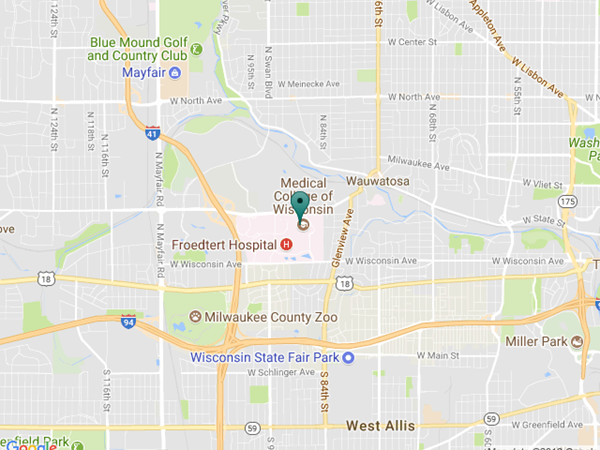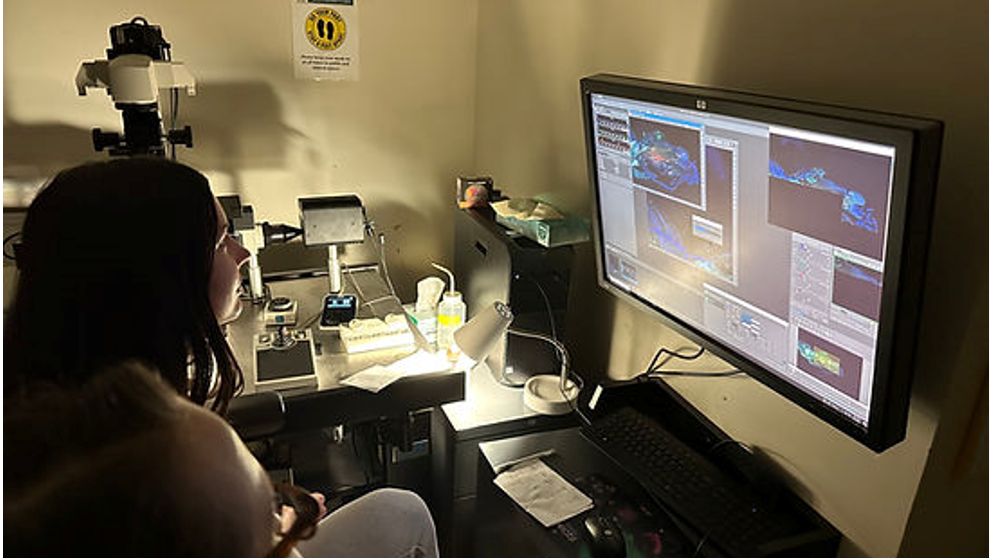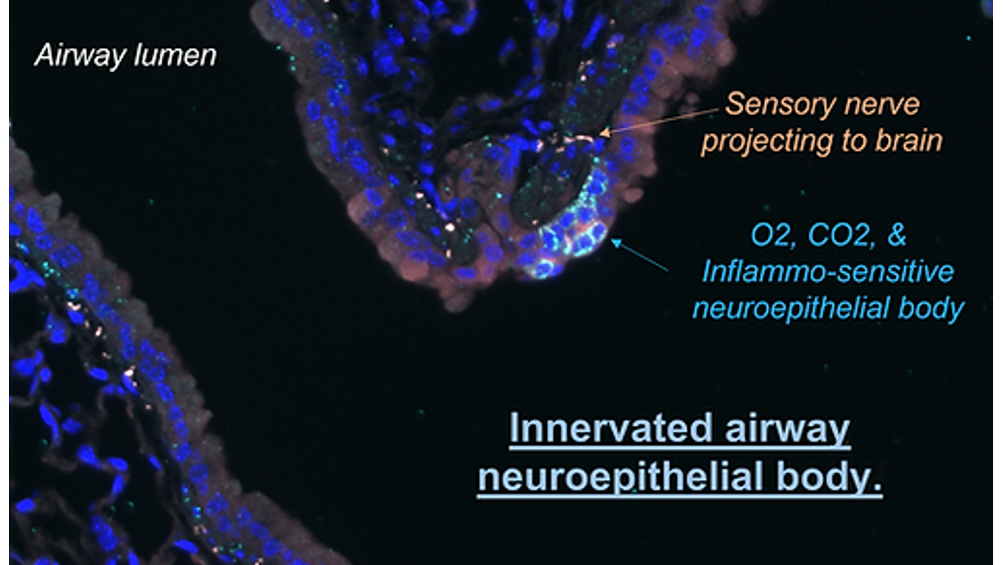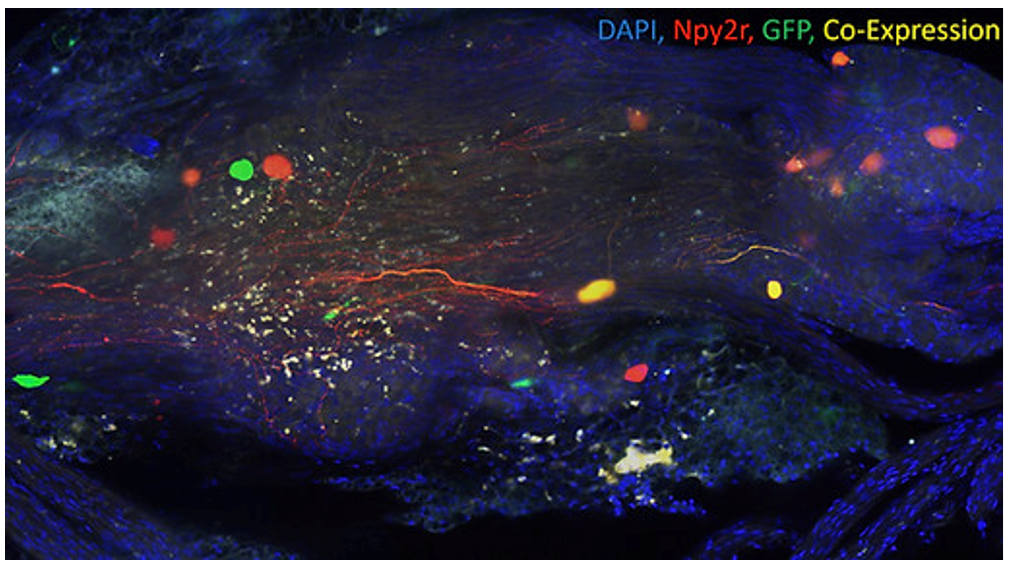Medical College of Wisconsin Mouradian Laboratory
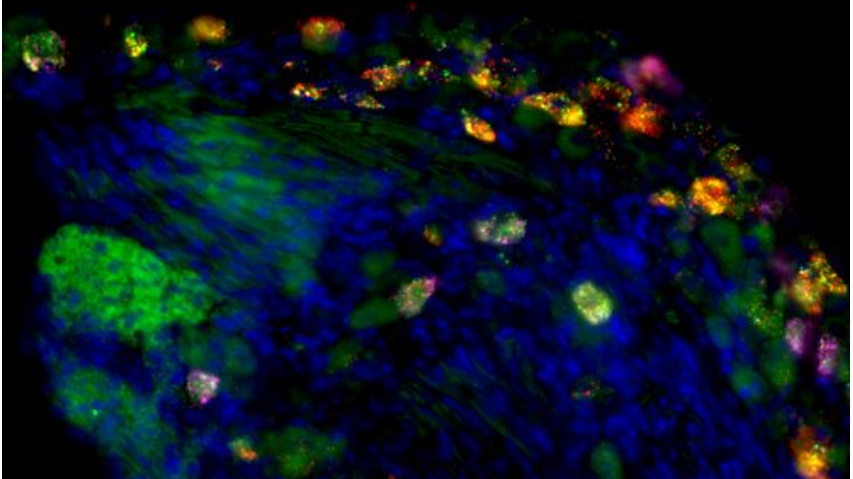
Mouradian lab receives new $2.4M grant to study impact of sensory neurons on preterm infants
Current Projects
Pulmonary vagal sensory neurons' role in pathological nCOB
Pulmonary neuroendocrine cells
Vagal sensory neurons in chronic lung disease
Laboratory Photos
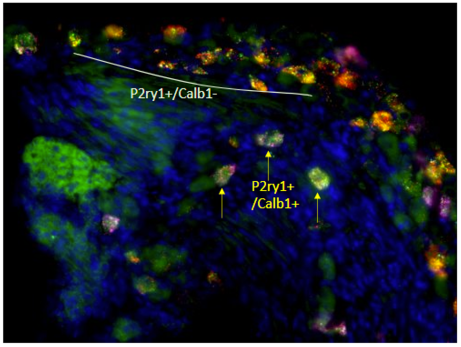
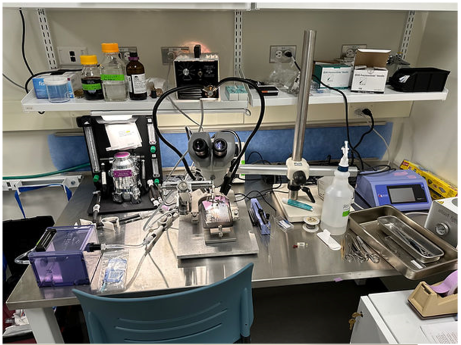
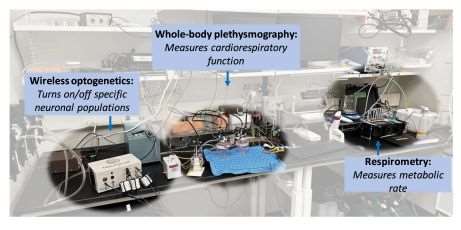
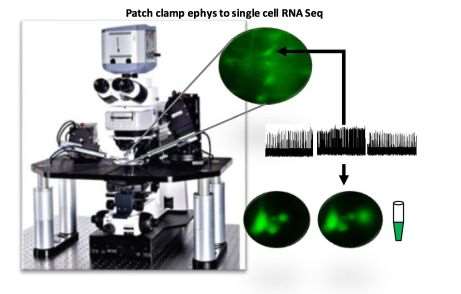
Meet Our Team
Highly collaborative and dedicated to improving breathing in infants and adults.

Gary Mouradian, PhD
Assistant Professor

Denise Cook-Snyder, PhD
Associate Professor

Brooke Dir
Research Technologist III

Luke Ehlert
Year Entered MCW: 2024

Nicole Hennen
Graduate Student

Taylor Holmes, DPT, PhD
Postdoctoral Researcher

Doriann Pina
Research Technologist I
Contact the Mouradian Lab
We're looking for more team members. Contact us to learn more!
MCW Department of Physiology
8701 Watertown Plank Rd.
Milwaukee, WI 53226
gmouradian@mcw.edu
